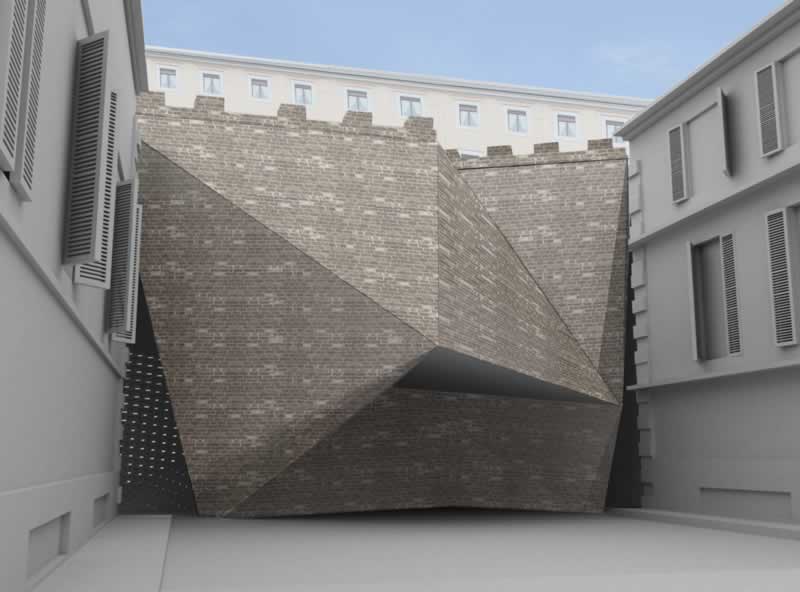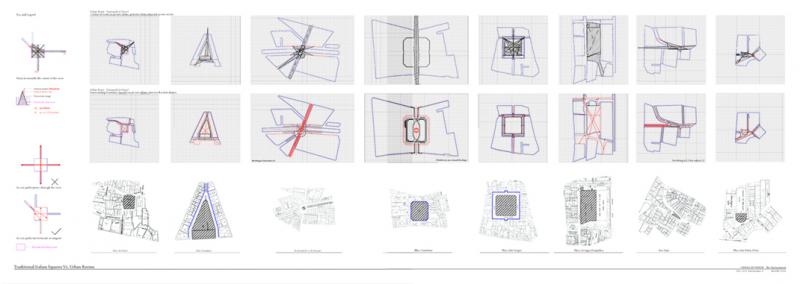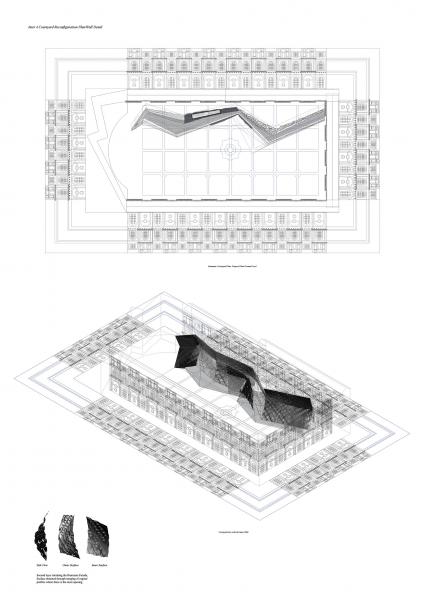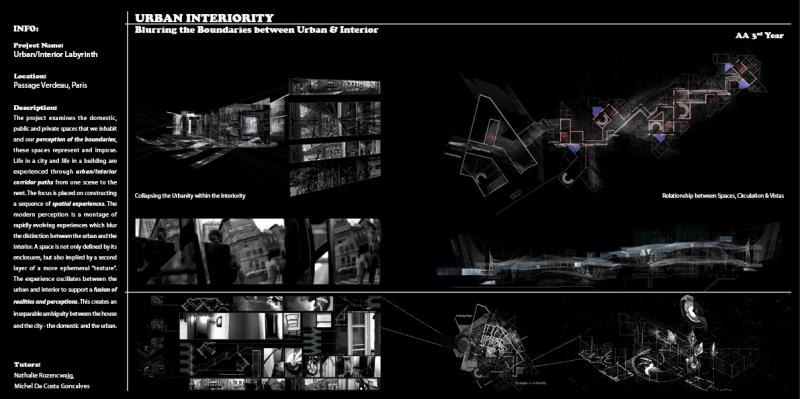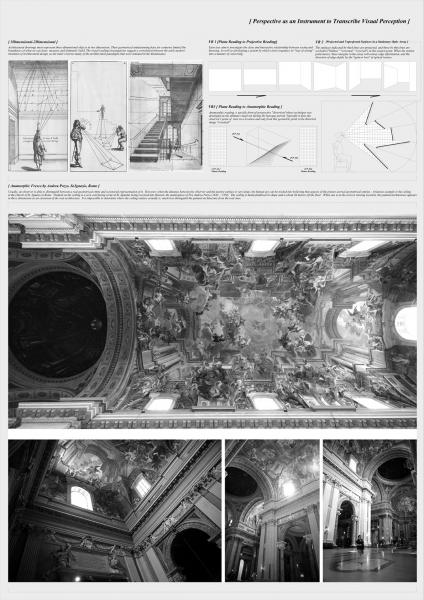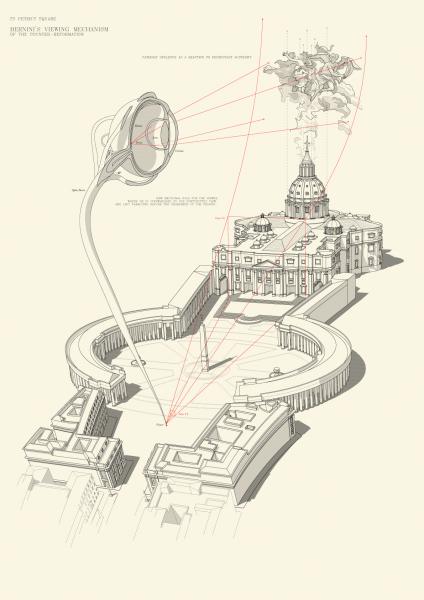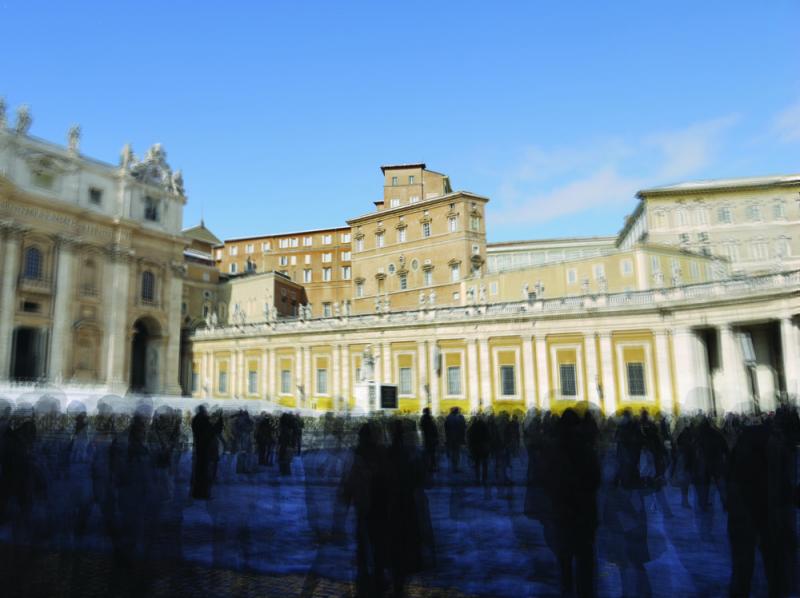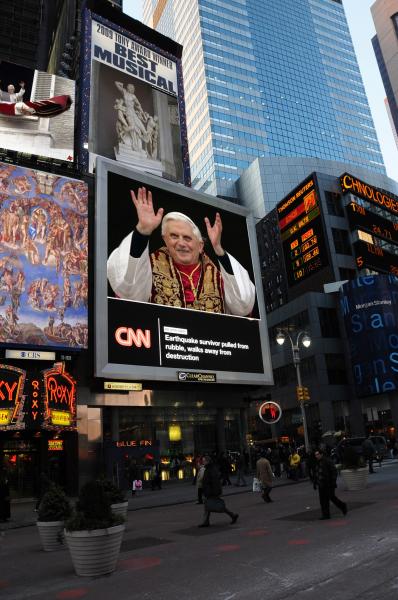Our quest for culturally and typologically rich settings drove Intermediate 4 to the edges of the Vatican. In our multi-scale journey from state to square to room, the geopolitical oddity of worldwide symbolic importance displayed the perfect accumulation of physically contrived historical and cultural layers. A cumulative example of qualitative density, the Vatican proved a perfect ground for this year’s exploration of our coined concept – ‘urban interior’. This seemingly paradoxical proposal, suggesting interventions in the urban realm through the eye of the domestic led, us to fascinating proposals infesting the walls and territory of the Holy See.
Envisaging informal usage, spatial complexity and details by means of successive inversions of scale, reading the city as architecture and the urban as interior, proposals along the enclave’s edge questioned its contradictory status of being both open and secretive through activated interferences exposing out and inviting in. This new vocabulary of depth was built on staged exercises of cultural readings and first hand phenomenological experiences in London, Paris and imaginary spaces. The unit generated a range of new spatial definitions by looking at early spatial reverse engineering where by the volumetric reading of the pictorial plane of classical paintings was combined with parametric modelling, initiating a design process in which system-based control met semiotic readings of forms, materials and colours. Working on the fine border of the city-state and manipulating the changing perception of the user, an augmented spatial experience emerged from recompilation. In these dynamically defined situations, existing conditions and porosities were manipulated through plays on materiality and illusion, engaging our preconception of architectonic scale. Furthermore, ornamental vocabularies taking in the illustrious concentration of masterpieces were equally instrumental in engaging with the discipline’s history.
The invisible threshold between political entities fostered a range of proposals where the intricacies of Vatican life are reverently – or not – exposed to the public. With this urban ambition the interventions catalysed novel interiorities in a dialogue between Rome and its venerable host.
Thanks to
Jeroen van Ameijde
Claude Ballini
Peter Karl Becher
Lara Belkind
Valentin Bontjes van Beek
Calvin Chua
Mattia Gambardella
Edgar Gonzales
Samantha Hardingham
Oliver Hutchel
Olaf Kneer
Kai Ong
Akis Pattihis
Charles Tashima
Sascha Toedtli
Naiara Vegara
Alex Warnock-Smith
Christina Doumpioti
& the TS team
